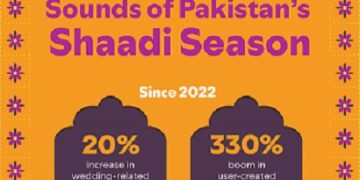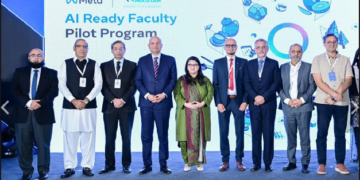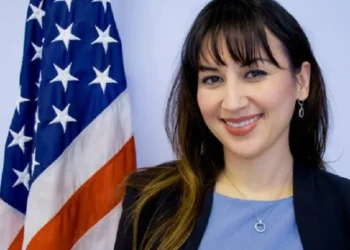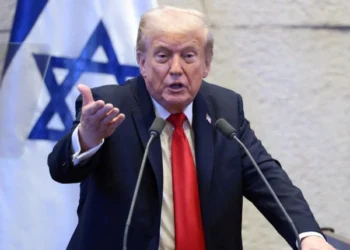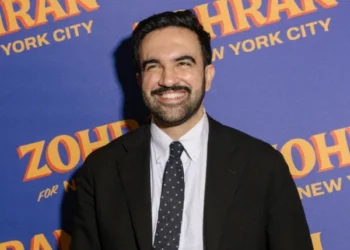New Delhi — In a significant development surrounding the ongoing debate over the Indo-Pakistan ceasefire agreement reached in June this year, Indian External Affairs Minister Dr. S. Jaishankar has firmly stated that the ceasefire was brokered directly through talks between the Director Generals of Military Operations (DGMOs) of both nations, not through mediation by the United States, as previously claimed by former US President Donald Trump.
The Indian minister made this clarification during a press briefing, debunking repeated assertions from Trump that he played a pivotal role in diffusing the tension between the nuclear-armed neighbors.
Background: The Indo-Pakistan Ceasefire Agreement
In June 2025, India and Pakistan unexpectedly announced a reaffirmation of the 2003 ceasefire agreement along the Line of Control (LoC)—the de facto border that divides Indian-administered and Pakistan-administered Kashmir. This announcement followed months of heightened tensions, cross-border skirmishes, and growing concerns over potential escalation.
The declaration was welcomed globally as a rare moment of cooperation between two arch-rivals, whose relationship has been marred by wars, border conflicts, and diplomatic hostilities for decades.
The US Claim: Trump’s Assertion of a Mediator Role
Shortly after the ceasefire announcement, Donald Trump, during multiple public appearances and interviews, claimed he had directly influenced the agreement between the two South Asian countries. According to Trump, it was his diplomatic efforts and persuasive phone calls that prevented further military conflict in the region.
He is reported to have mentioned over two dozen times in various speeches that he had brokered peace between India and Pakistan—a narrative that gained traction in sections of the international press and among political commentators in Washington.
Jaishankar’s Response: Ceasefire Was a Bilateral Initiative
However, S. Jaishankar, in his official statement, categorically denied any involvement of the United States in the ceasefire process. The minister clarified that the entire dialogue took place at the military level, specifically between the DGMOs of India and Pakistan.
“The ceasefire agreement reached in June was purely a result of direct military-level communication between India and Pakistan. There was no external mediation, and certainly no role played by the United States,” Jaishankar stated firmly.
No Modi-Trump Call Between April and June
To further debunk the US claim, Jaishankar provided detailed evidence from official records, stating that there had been no phone communication between Indian Prime Minister Narendra Modi and then-US President Donald Trump from April 22 to June 17, 2025—the critical period during which the ceasefire was agreed upon.
“The only phone call from President Trump was on April 22, when he expressed condolences over the tragic Pahalgam attack. There was no further exchange between the two leaders until after the ceasefire was in place,” he emphasized.
Pahalgam Attack: Catalyst for Regional Tensions
The Pahalgam attack, which occurred on April 21, 2025, involved a brutal assault by militants on an Indian Army convoy in the Anantnag district of Jammu and Kashmir, leading to the deaths of 11 soldiers and 3 civilians. The attack prompted a surge in military deployments and retaliatory shelling across the LoC, significantly escalating regional tensions.
President Trump’s call the next day, expressing sympathy and solidarity with India, was acknowledged by New Delhi. However, India maintains that this exchange did not evolve into any form of mediation process regarding the ceasefire.
Understanding the Role of DGMOs in India-Pakistan Military Communications
The Director Generals of Military Operations (DGMOs) of India and Pakistan hold an important communication channel that has historically been used during times of military crises or heightened tensions.
This hotline allows the two sides to:
- Discuss cross-border firing incidents
- Clarify military movements
- De-escalate hostilities
- Share intelligence on unintended escalation risks
The June 2025 ceasefire is believed to have been finalized after multiple high-level military exchanges over this hotline, following which both sides released a joint statement committing to uphold the 2003 ceasefire understanding “in letter and spirit.”
India’s Policy on Mediation: A Consistent Stance
India has consistently rejected third-party mediation in its bilateral issues with Pakistan, especially on matters related to Kashmir. The Indian government maintains that all disputes must be resolved bilaterally, as agreed under the Simla Agreement of 1972 and later reinforced through the Lahore Declaration of 1999.
This policy of strategic autonomy in diplomacy is not only a matter of sovereignty but also reflects India’s discomfort with internationalizing regional conflicts.
“We do not accept mediation from any external party in issues that are strictly bilateral. Our position remains unchanged,” reiterated Jaishankar during the press briefing.
Pakistan’s Perspective: A Cautious Welcome to the Ceasefire
On the other side, Pakistan’s Foreign Office welcomed the ceasefire agreement as a positive step towards regional peace but also highlighted the importance of addressing the “core issue” of Kashmir to ensure long-term stability.
Pakistan’s military spokesperson also confirmed that the DGMOs of both nations had conducted “constructive and cordial discussions” to reduce tensions and prevent future hostilities.
While Pakistan did not publicly endorse Trump’s claim of mediation, the narrative was not actively disputed in Islamabad either—possibly to maintain diplomatic flexibility with Washington.
Global Reactions: A Diplomatic Victory for Peace?
Internationally, the ceasefire was hailed by major powers and global institutions, including:
- The United Nations, which urged both sides to maintain dialogue
- The European Union, which called the ceasefire a “welcome development”
- China and Russia, both of whom expressed support for de-escalation
- The United States, where Trump claimed credit but President Joe Biden later avoided commenting on the matter
While the Trump administration’s claims made headlines, most diplomatic observers pointed to India’s firm rejection of third-party involvement as the more credible explanation for the ceasefire’s origin.
Media Speculation and Political Motives
Trump’s repeated assertions of brokering the ceasefire are widely seen as part of his broader political strategy to highlight his foreign policy credentials during the 2024 U.S. Presidential campaign. His campaign trail often included references to supposed international successes, from North Korea diplomacy to Middle East peace deals.
However, critics and fact-checkers have repeatedly flagged inconsistencies in his claims, including in the India-Pakistan context. Multiple international news outlets have corroborated India’s timeline, citing official diplomatic logs and military statements.
Looking Ahead: Can the Ceasefire Hold?
While the current ceasefire has provided a much-needed pause in hostilities along the LoC, experts warn that its sustainability depends on deeper diplomatic engagement.
Without resolution of core issues—such as Kashmir’s political future, militancy in the region, and people-to-people contact—the ceasefire may remain fragile.
Peace activists on both sides have urged their governments to build on this military de-escalation by:
- Opening dialogue channels
- Resuming trade and travel
- Protecting civilians along the border
- Ensuring humanitarian access during crises
Conclusion: Clarifying the Facts Amid Political Narratives
The clarification by External Affairs Minister S. Jaishankar serves to reaffirm India’s long-held policy of bilateralism and strategic independence in foreign affairs. It also highlights the importance of separating political narratives from verified diplomatic processes, especially in sensitive regional matters like the India-Pakistan conflict.
By emphasizing that the ceasefire agreement was reached through direct military-to-military communication, India has once again made clear that peace in South Asia must come from within—not be imposed from the outside.













